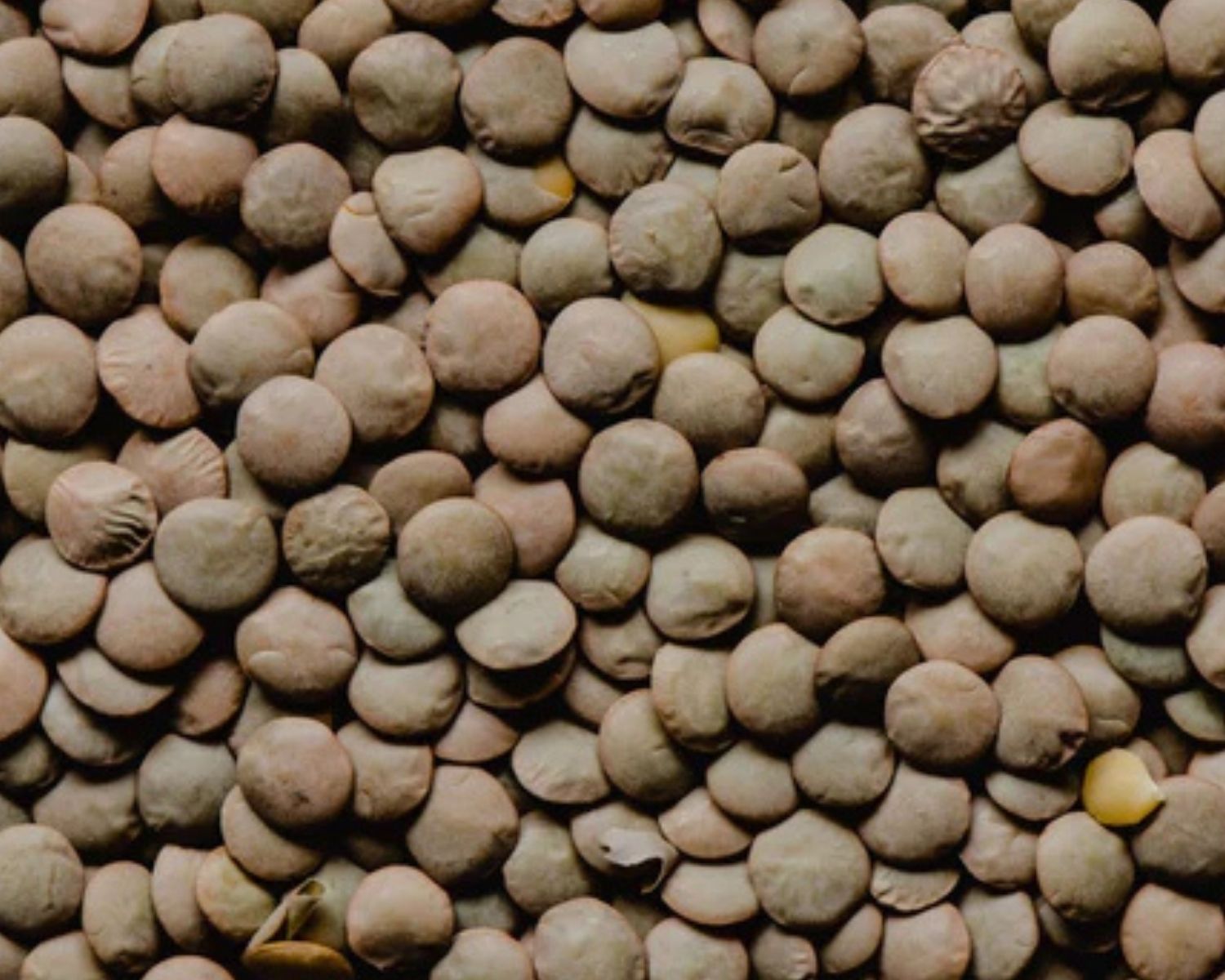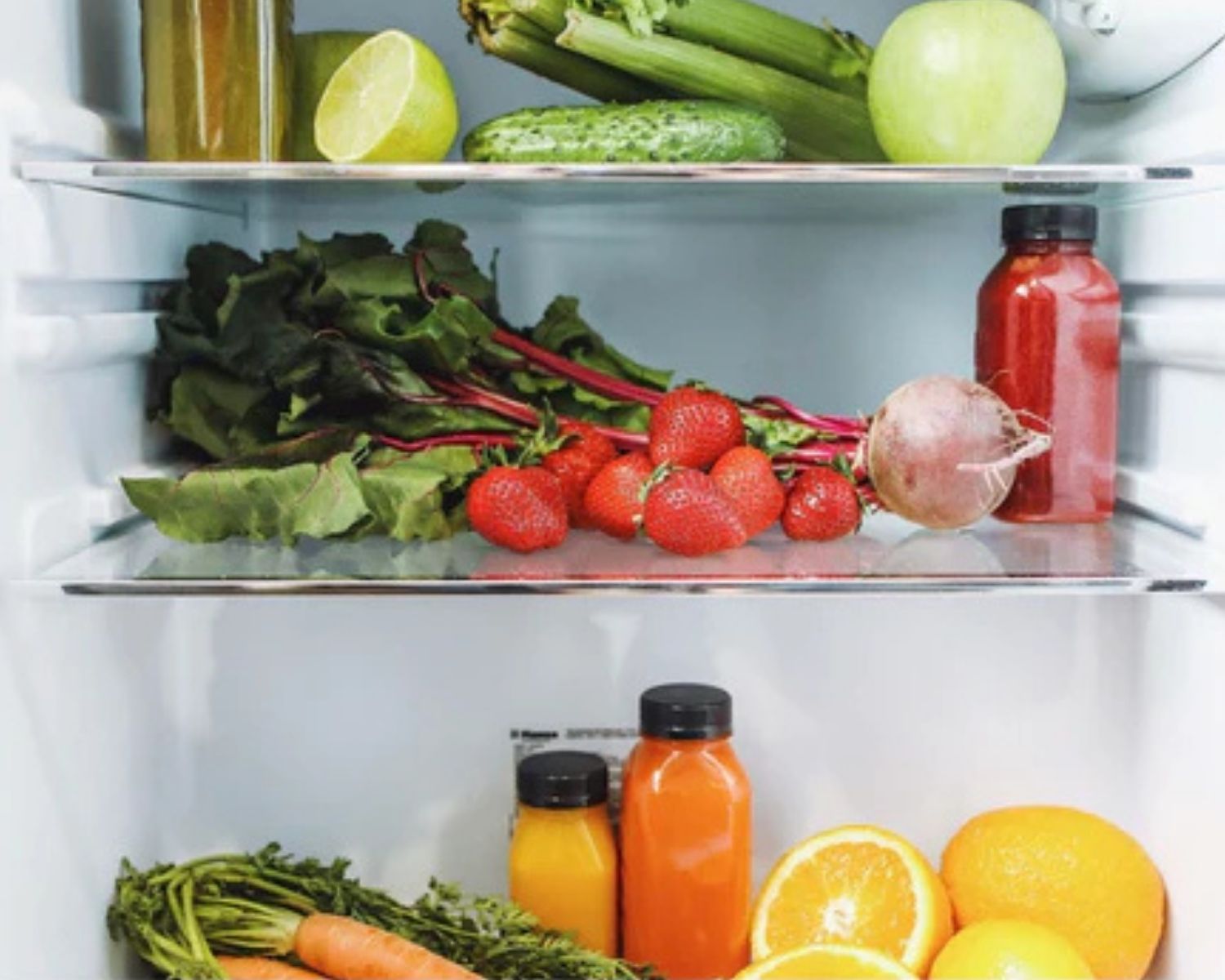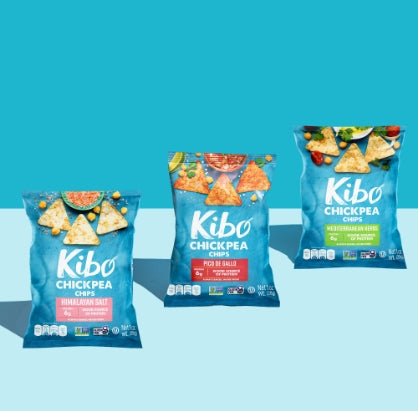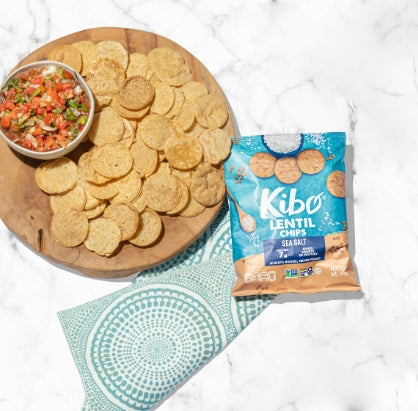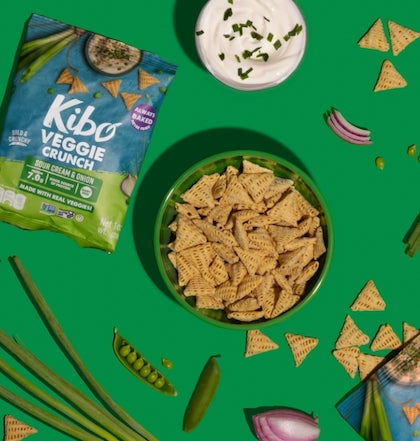Chickpeas, also known as garbanzo beans, are a sustainable protein source that’s growing in popularity as more people look for nutritious ingredients that don’t put too much strain on our planet. But how does chickpea nutrition stack up, and what are the best ways to get more chickpeas into your diet? At Kibo, we’re all about sustainably delicious foods, so let us give you a quick primer on this planet-friendly pulse. Read on as we outline some of the most important health benefits of chickpeas and recommendations on how to eat them.
Chickpea 101
A chickpea is a type of pulse, or the edible seed of a plant in the legume family. This yummy pulse has long been a staple ingredient in Mediterranean, Middle Eastern, and Indian cuisines. Featured in delicious dishes like hummus, falafel, and a variety of stews and curries, chickpeas are also one of the oldest crops cultivated. When you consider the amount of protein and the health benefits chickpeas offer, it’s easy to conclude that our ancestors were onto something with this sustainable seed!
Chickpeas also offer a more sustainable alternative to animal sources of protein, boasting a lighter water footprint, carbon footprint, and wastage footprint. Thanks to their nitrogen-fixing properties, pulses like chickpeas also help improve soil fertility, reducing reliance on synthetic fertilizers while supporting biodiversity.
Health Benefits of Chickpeas
Now that we know why chickpeas are such a desirable crop, let’s get into their nutritional value. Chickpeas are dense in macro- and micro-nutrients that are incredibly beneficial to our overall health, like protein, fiber, B vitamins, manganese, copper, and iron. Here are some top chickpea health benefits to know about.
High Protein Legumes
The first thing to highlight with chickpeas is that, like many other tasty pulses, they’re a significant source of plant-based protein. One cup of dried cooked chickpeas includes roughly 8-15 grams of protein, (note that home-cooked chickpeas will contain a higher protein content than their canned counterparts). Because it can be hard to get enough protein without eating meat, this makes chickpeas a valuable ingredient in any plant-based diet.
When chickpeas are combined with rice (as in many Middle Eastern and Indian dishes), wheat, or oats, they form a complete protein—or a protein containing all nine essential amino acids that your body needs to get from food.
Regardless of whether or not you follow a plant-based diet, protein consumption is incredibly important for healthy development and aging. Starting in our 30s, we generally start to lose muscle mass, which has a variety of effects on our overall health.
Because protein is important for building muscle, anyone who is active or trying to be mindful of their body’s muscle content should be sure to eat high quality protein sources, especially during the anabolic period before or after working out.

Healthy Weight Management
While weight is based on a number of factors, one thing is clear: It’s good to get your hands on a healthy source of protein if you want to build that lean muscle and boost satiety.
You can think of lean muscle as a metabolic organ that helps you burn fat even when you’re resting. So building muscle isn’t just for those who want to bulk up; it’s for anyone looking to have a healthy body that’s able to process carbs more efficiently. Filling up on healthy protein also helps reduce hunger compared to empty calories, so you’re more likely to consume fewer calories overall if you’re getting a healthy amount of protein.
Chickpeas are also a reliable source of dietary fiber. A single cup contains 12.5 grams, roughly half of our recommended daily fiber intake. Fiber has been shown to reduce appetite as well as aid in digestive health. So in short, chickpeas leave us feeling fuller for longer periods of time and help reduce cravings overall.
Chickpeas and Digestive Health
With a cup of chickpeas being equivalent to roughly half of your daily fiber needs, it’s no surprise that they’re one of the best options when it comes to promoting digestive health and regularity. Chickpeas are an especially great source of soluble fiber. This is important for your digestion because it gives a boost to your healthy gut flora and promotes more regular bowel movements. Because fiber is a carb that can’t be digested, it also adds bulk to your body’s waste, helping ease the digestive process.
Chickpeas and Blood Sugar Control
The glycemic index refers to the rate at which foods containing carbohydrates raise our blood sugar levels. Foods that are low on the glycemic index cause our blood sugar to rise gradually as opposed to rapidly. Keeping blood sugar spikes under control is critically important to many aspects of health, from preventing diabetes and other conditions like Alzheimer’s, to watching our weight and enjoying healthy energy levels.
Chickpeas are considered a low glycemic index food, making them an ideal choice when trying to manage your blood sugar levels. Their soluble fiber slows the digestive process and carbohydrate absorption, leading to a slower rise in blood sugar as opposed to a rapid spike.
Chickpeas and Heart Health
Many of the nutrients and carbohydrates in chickpeas are great for supporting the overall health of your heart. According to the Cleveland Clinic, Chickpeas are free of LDL cholesterol and very low in sodium, both of which increase the risk of heart disease.
Chickpeas are also a fantastic source of polyunsaturated fats, which are vital for controlling the body’s levels of cholesterol. This is important seeing as LDL cholesterol can clog arteries and form plaque that can pose health risks to your heart.
Brain Health and Micronutrients
A diverse diet with a wide variety of plants can help you round out your nutritional goals, and chickpeas are no exception. The vitamins and minerals in chickpeas help support your physical and mental wellbeing in many aspects, including brain health. For instance, chickpeas are a great source of choline, which is an essential nutrient that’s needed for neurotransmitters. Chickpeas also contain magnesium, a mineral that supports nerve function.
The iron content in chickpeas (around 26% of your daily value in one serving) also has many benefits. Iron plays a role in brain development, muscle metabolism, and red blood cell production, to name a few. It’s vital that we consume enough iron and other micronutrients in order to prevent deficiencies, so if you suspect you’re not getting enough iron, it might be time to incorporate more chickpeas into your diet.
How to Incorporate Chickpeas Into Your Diet
Owing to their incredible versatility, it’s easy to make chickpeas a part of your meal plan on a weekly basis. Hummus, traditionally made by mixing mashed, cooked chickpeas with tahini, olive oil, lemon, and garlic, is a cheap and convenient way to eat chickpeas in your midday snack. Pro tip: To make homemade hummus extra smooth, try removing the translucent husks from your chickpeas while you’re rinsing them.

To double-dose the nutrients, pair your hummus with our Chickpea Chips. With 6 grams of plant-based protein, they come in three different flavors—Pico de Gallo, Mediterranean Herb, and Himalayan Salt—to help you meet your nutritional goals alone, with your favorite dip, or as a crunchy, salty side to any meal.
If you’re wanting to make a tried and true chickpea dish, chana masala is a classic Indian curry that makes chickpeas the main event. By serving it over rice, you’ve got a complete protein to add to your dinner repertoire.
Koshari, the national dish of Egypt, is topped with chickpeas over a combination of lentils, fried rice, vermicelli and tomato sauce. Falafels, chickpea salad sandwiches, chickpea pasta, are other great ways to get more chickpeas.
Crunchy roasted chickpeas, softer cooked chickpeas, and chickpea chips are satisfying additions to any salad, earth bowl, soup, sandwich, dip, or wrap.
When preparing chickpeas from canned, be sure to rinse them well to wash off any anti-nutrients. When preparing them from dry, be sure to pre-soak them well before cooking. Both will make your chickpeas easier to digest!
Takeaways
In closing, eat more chickpeas! Whether you’re looking to up your protein as you age, are an active person and want to build more lean muscle, are trying to eat less meat in your diet, or just want to experiment with different cuisines, chickpeas are an earth-friendly and health-friendly protein to help you meet your nutritional goals.
With plenty of fiber and micronutrients like iron, folate, and manganese to boot, this plump little pulse has a lot to offer. For a quick, crunchy snack to stave off cravings and add extra protein to your day, try chickpea chips alone or with your favorite healthy dip.
There’s a reason this ancient and sustainable form of plant-based protein is one of the oldest known cultivated crops. It’s easily paired with other ingredients, like wheat and rice, to form a complete protein. Its many nutrients offer benefits for healthy weight management, digestion, blood sugar levels, and heart health, and its versatility makes it a great option anytime you’re looking for something healthy to eat.
Sources:
Mayo Clinic, Check out chickpeas for year-round healthy eating
National Library of Medicine, High Fiber Diet
National Library of Medicine, The Nutritional Value and Health Benefits of Chickpeas and Hummus
 Reviews
Reviews

